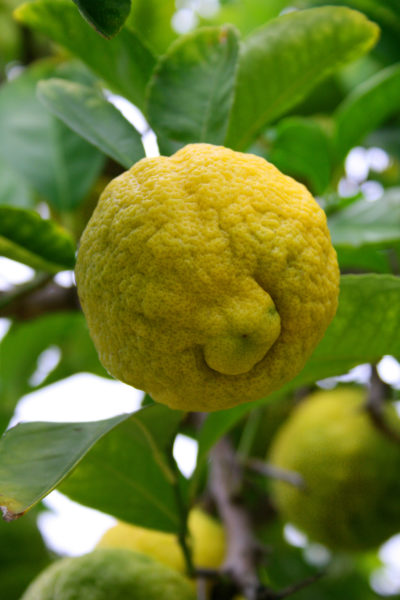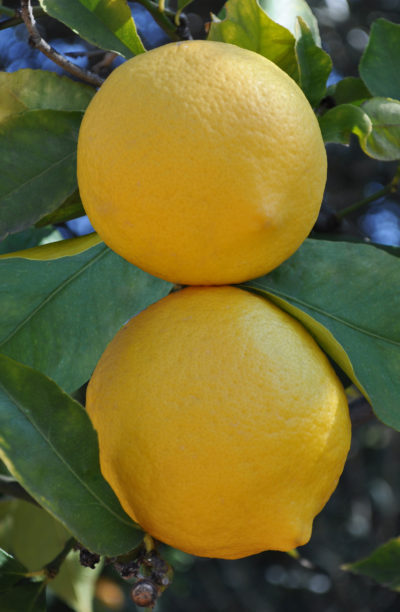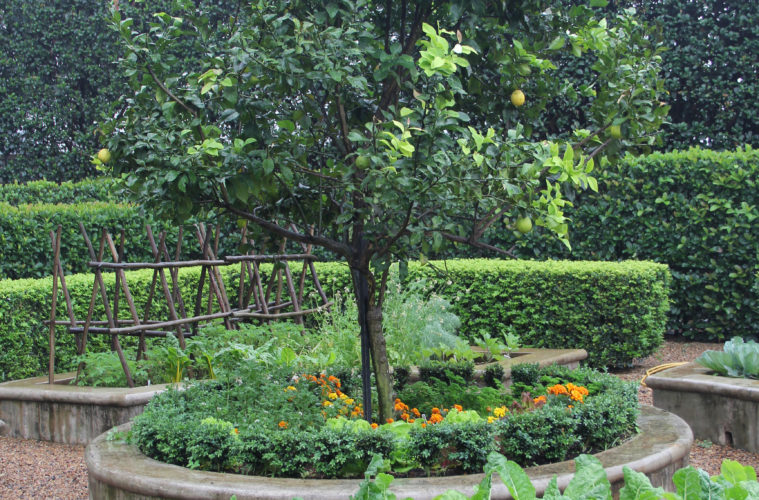Favoured by gardeners and cooks, lemon trees are not only attractive, they bear fruit almost all year round
LIKE “Growing Lemons”? YOU’LL LOVE: Growing onions all year round
If there’s one tree that should be included in every garden it’s a lemon tree. Not only attractive with glossy leaves and white flowers, lemons bear fruit almost all year round. And as it’s a small to medium sized tree, it’s ideal for small gardens.
HERE’S HOW TO COOK WITH LEMONS
CONDITIONS WHEN GROWING LEMONS
While they grow best in warm, temperate and subtropical areas, you can grow them in cold inland areas if you plant them in a protected spot. In exceptionally cold areas, plant them in large pots that can be moved onto a patio or under the roof overhang during cold weather.
VARIETIES
- The Cape rough-skinned lemon does well in colder areas. But be aware that the skin comes off like a naartjie which means it’s not easy to slice.

- Smooth-skinned Eureka is the most popular variety. It doesn’t handle frost well so it needs a protected spot against a north or west-facing wall. And when it’s young, keep it covered with garden fleece on cold winter nights.

- The Meyer variety is slighter sweeter and more compact making it ideal for pots. Large pots are essential so that they don’t dry out too quickly. Raise them off the ground on bricks or stones to improve the drainage and airflow.
PLANTING
Lemon trees need a sunny spot in soil that drains well.
Dig a large hole. Keep the top soil and the sub soil separate. To each pile add compost, a handful of bonemeal and 1-2 cups of 2:3:2, preferably organic. If the soil is clay, add coarse river sand and peanut shells to improve the drainage.
Put some of the sub soil back into the hole. Place the tree at the same level as it was in the bag or pot and fill in around it with subsoil. Leave the top soil until last. Firm the soil and water well.
READ MORE: Different types of soil for your garden
CARE AND MAINTENANCE
To encourage fruiting, feed with 3:1:5 fertiliser every four months. Apply a handful of Epsom salts every couple of months and water in well.
Water trees regularly and deeply, at least twice a week, and more for pots. Mulch with compost to prevent the soil from drying out.
To let in light and air, prune lightly after each crop and before they flower again.
YOU MIGHT LIKE: Self-watering containers: DIY Project
PESTS AND DISEASES
Look out for citrus psylla which causes little bumps on the leaves. Remove and destroy infected leaves and spray the undersides of all leaves with an eco-friendly product like Bioneem or Pyrol.
Aphids, white woolly insects that leave a black, sooty substance on the undersides of leaves, can also be a problem. Spray with Efekto Oleum as recommended on the pack until the leaves are clear.


